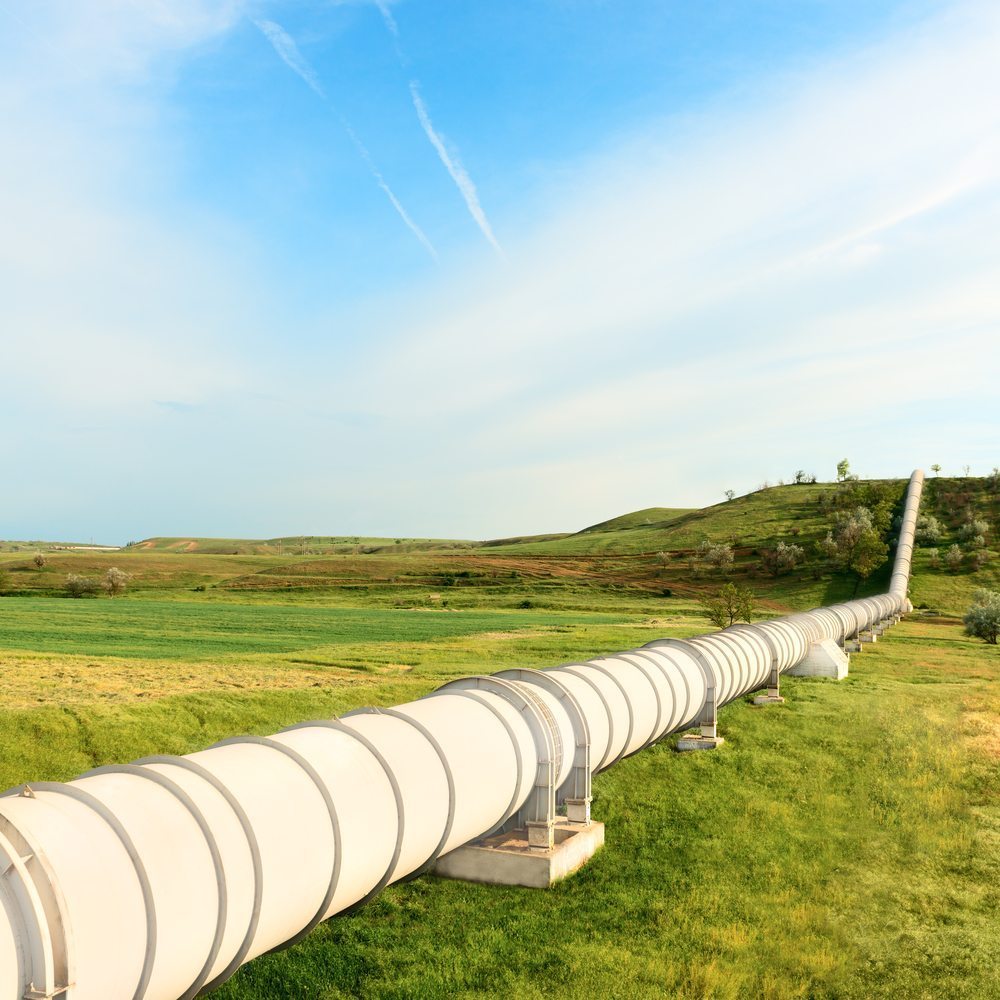Demand for natural gas is heating up. According to the San Antonio Express-News, the cold this past winter helped natural gas end a 16-year intraday low at the end of January 2016. Prices rose 36 percent during this time.
Investing.com reported in the first week of February that the weather was expected to remain cold for two weeks, which raised demand for natural gas even further. On the New York Mercantile Exchange, natural gas delivery for March rose 4.22 percent.
The Express-News explained that this growth comes in the wake of a new U.S. policy that allows for the export of liquefied natural gas (LNG). As a result, many experts are predicting that the U.S. is on track to become a major exporter of LNG.
The U.S. Energy Information Administration forecasted that by mid-2017 the U.S. will be a net exporter of natural gas. If this comes true, it will be the first time in 62 years that the U.S will import less LNG than it exports.

Bloomberg Business discussed a report by analytics company Wood Mackenzie, LTD, which predicted that by 2020, the U.S. will be exporting about 55 percent of its total LNG production to Europe.
The Express-News explained how the U.S. government expects demand for natural gas to keep rising as the U.S. power sector becomes more focused on environmental initiatives. Some experts, however, are skeptical that the growth will come as quickly as predicted.
“Industrial demand (for natural gas) has continually disappointed,” Pavel Molchanov, an energy analyst for research company Raymond James, told the Express-News, “In the power sector, gas is continually being challenged by solar. The demand will materialize, but it’s just going to take longer.”
Right now, it seems all eyes are on the U.S. and whether its natural gas production will grow enough to make the nation a major player in the European natural gas market.
Why Europe?
The focus on exporting LNG to Europe is in part due to the fact that Asian natural gas prices have fallen. Alex Munton, a principal analyst for Americas LNG at Wood Mackenzie, told Bloomberg that Asian and European prices are now relatively similar. That, coupled with Europe’s proximity to the Gulf Coast, has made the continent an appealing market for the U.S.
If the U.S. does enter the market with as much force as some experts predict, it could lead to a bit of a price war with Russia. Russian gas company Gazprom is currently the European gas powerhouse, and the U.S. may eventually become a threat. According to Russia Beyond the Headlines, an international multimedia project focused on educating readers about Russia, by 2020 the U.S. could have the capacity to supply about a quarter of total Russian gas deliveries to Europe. Right now, Gazprom is not all that worried, as it will still be able to provide cheaper gas than the U.S. This, however, could change if oil prices rise.
Read more:
Use of Natural Gas Growing
More Natural Gas Needed Globally
Natural Gas Vehicles: Transportation Industry Fuels Demand for CNG Infrastructure
How to Create a Safer Oil and Gas Work Site
How Oil and Gas Companies Use Big Data to Improve Cybersecurity
Oil and Gas Companies Are Turning Their Assets Into Smart Fields
E-commerce offerings:
Natural Gas, Pipe, Valve and Fitting
Leak Detection
Pipeline Pigs
Pipe
Tools and Equipement
Did you know that any customer is eligible for online ordering? All you need to do is fill out this online form.
Key benefits include:
- Order anytime, 24/7, 365 days a year. If you can connect, you can place an order.
- Create custom order templates, aka “My Lists” Reduce search time, click, order, done.
- Track purchase history and view your account information. You can review invoices any time, track purchase history, and print or download records.